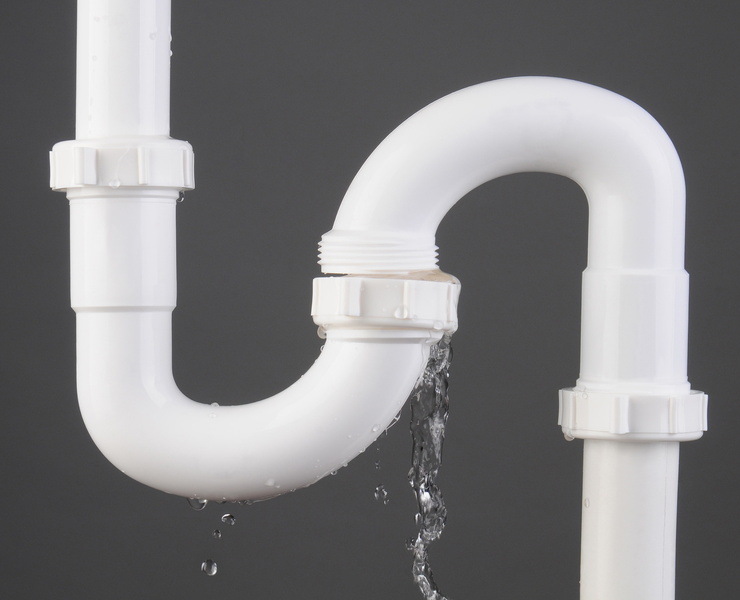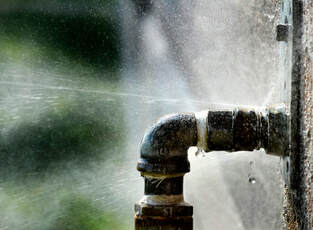The content in the next paragraphs involving Detecting hidden plumbing leaks is exceedingly captivating. You should investigate it.

Early discovery of dripping water lines can reduce a potential calamity. Apart from conserving you money, it will certainly minimize the aggravation and also irritation. The moment you discover a leakage, calling your plumber for fixings is the best service. Nonetheless, some small water leakages may not be visible. Right here are some hacks that help if you can not identify it with your nude eyes.
1. Analyze the Water Meter
Every house has a water meter. Examining it is a proven way that helps you discover leakages. For beginners, switch off all the water sources. Make certain no one will purge, utilize the faucet, shower, run the washing equipment or dishwasher. From there, go to the meter and watch if it will alter. Since no one is utilizing it, there should be no movements. If it moves, that suggests a fast-moving leakage. If you identify no changes, wait an hour or 2 and check back once again. This suggests you might have a slow leak that might even be below ground.
2. Examine Water Usage
If you detect unexpected changes, regardless of your intake being the same, it indicates that you have leaks in your plumbing system. An abrupt spike in your expense indicates a fast-moving leak.
On the other hand, a consistent boost monthly, even with the same routines, shows you have a slow-moving leakage that's also gradually intensifying. Call a plumber to completely inspect your residential property, particularly if you really feel a warm area on your floor with piping underneath.
3. Do a Food Coloring Test
When it comes to water usage, 30% comes from toilets. If the shade somehow infiltrates your bowl throughout that time without flushing, there's a leakage between the tank and also dish.
4. Asses Exterior Lines
Do not neglect to examine your exterior water lines also. Should water permeate out of the link, you have a loosened rubber gasket. One small leak can squander heaps of water as well as spike your water bill.
5. Inspect and also Examine the Circumstance
Homeowners need to make it a routine to check under the sink counters and also even inside cupboards for any bad odor or mold development. These 2 red flags show a leak so punctual interest is required. Doing routine inspections, even bi-annually, can conserve you from a major trouble.
Much more notably, if you know your house is currently old, maintain a watchful eye on your heating units, hose pipes, pipes and so on. Look for discolorations as well as compromising as many pipes as well as home appliances have a life expectancy. They will also naturally weaken because of damage. If you presume dripping water lines in your plumbing system, don't await it to intensify. Call an expert plumber today so you don't end up with a terrible mess in your house.
Early discovery of dripping water lines can minimize a potential disaster. Some tiny water leaks might not be visible. Inspecting it is a guaranteed means that helps you find leaks. One tiny leakage can waste bunches of water and also surge your water expense.
If you presume leaking water lines in your plumbing system, do not wait for it to intensify.
WARNING SIGNS OF WATER LEAKAGE BEHIND THE WALL
PERSISTENT MUSTY ODORS
As water slowly drips from a leaky pipe inside the wall, flooring and sheetrock stay damp and develop an odor similar to wet cardboard. It generates a musty smell that can help you find hidden leaks.
MOLD IN UNUSUAL AREAS
Mold usually grows in wet areas like kitchens, baths and laundry rooms. If you spot the stuff on walls or baseboards in other rooms of the house, it’s a good indicator of undetected water leaks.
STAINS THAT GROW
When mold thrives around a leaky pipe, it sometimes takes hold on the inside surface of the affected wall. A growing stain on otherwise clean sheetrock is often your sign of a hidden plumbing problem.
PEELING OR BUBBLING WALLPAPER / PAINT
This clue is easy to miss in rooms that don’t get much use. When you see wallpaper separating along seams or paint bubbling or flaking off the wall, blame sheetrock that stays wet because of an undetected leak.
BUCKLED CEILINGS AND STAINED FLOORS
If ceilings or floors in bathrooms, kitchens or laundry areas develop structural problems, don’t rule out constant damp inside the walls. Wet sheetrock can affect adjacent framing, flooring and ceilings.
https://www.servicemasterbyzaba.com/blog/how-to-detect-water-leakage-in-walls/

Hopefully you liked our post on Hacks to detect leaks. Thank you so much for finding the time to read through our blog post. Do you know somebody who is truly interested in the niche? Feel free to share it. Thanks a lot for your time spent reading it.
Fast and effective, call!